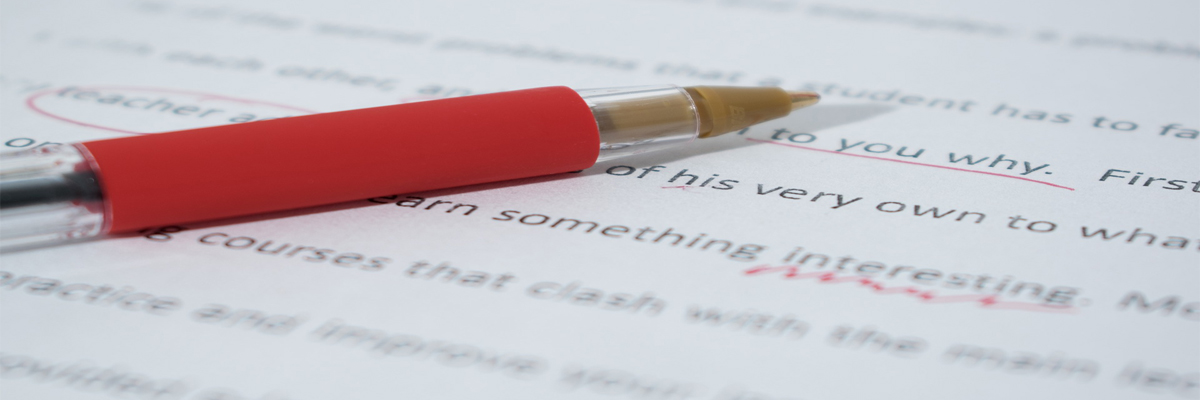
Bestselling authors may write great paragraphs, but we can learn ways to make them even better. We strengthen the picture if we can find ways to describe the scene in fewer words.
A great paragraph from The Girl on the Train by Paula Hawkins (159 words):
I look at the man in the seat opposite mine. He is about my age, early to midthirties, with dark hair, greying at the temples. Sallow skin. He’s wearing a suit, but he’s taken the jacket off and slung it on the seat next to him. He has a MacBook, paper-thin, open in front of him. He’s a slow typist. He’s wearing a silver watch with a large face on his right wrist— it looks expensive, a Breitling maybe. He’s chewing the inside of his cheek. Perhaps he’s nervous. Or just thinking deeply. Writing an important email to a colleague at the office in New York, or a carefully worded break-up message to his girlfriend. He looks up suddenly and meets my eye; his glance travels over me, over the little bottle of wine on the table in front of me. He looks away. There’s something about the set of his mouth that suggests distaste. He finds me distasteful.
What we might see for an improved version (136 words):
The man in the seat opposite mine is about my age, early to mid-thirties, with dark hair graying at the temples. Weathered skin. He’s wearing a suit, but his jacket is slung over the seat next to him. His paper-thin MacBook is open in front of him. He’s a slow typist. He’s wearing a large-faced silver watch—expensive, a Breitling maybe. Now he’s chewing the inside of his cheek. Nervous, perhaps. Or just thinking deeply. He’s writing an important email to the New York office—or carefully wording a break-up message to his girlfriend. He looks up and meets my eye. His glance travels over me, then to the little bottle of wine in front of me. He looks away. There’s something about the set of his mouth that suggests distaste. He finds me distasteful.
Some logic for making improvements:
- In her point of view, “I look” is obvious when we’re given what she saw. We’ll delete those words, which allows us to combine the first two sentences into a single thought.
- “Greying” is a British spelling, which suits the London scene but might be better with the American spelling, “graying.”
- Since “graying at the temples” is restrictive rather than explanatory, we don’t want a comma after “hair.”
- What is “sallow” skin. Readers shouldn’t be left to guess, so “weathered” is better.
- “He’s taken the jacket off and slung it” is an interpretation that distracts from her observing. She didn’t see him remove his jacket. What she sees is the jacket slung over the seat.
- “Paper-thin” works better as an adjective before “MacBook” instead of an explanatory word following, set off with commas.
- “With a large face” can be tightened to the adjective “large-faced.”
- Obviously, he would wear a watch on his wrist, and whether it was on his right or left isn’t important. We strengthen the sentence by leaving out that information.
- Most readers won’t know what a “Breitling” is, but that’s okay. It sounds expensive.
- “A colleague at the office in New York” can be tightened using “the New York office.” That it’s someone at the office is obvious.
- Everything happen at the moment it happens—sudden, immediate, and instantaneous. We can leave out “suddenly.”
- Today’s readers prefer shorter sentences using periods instead of semicolons that make long, compound sentences.
- “On the table” is reasonably assumed, so we can leave out that phrase.



